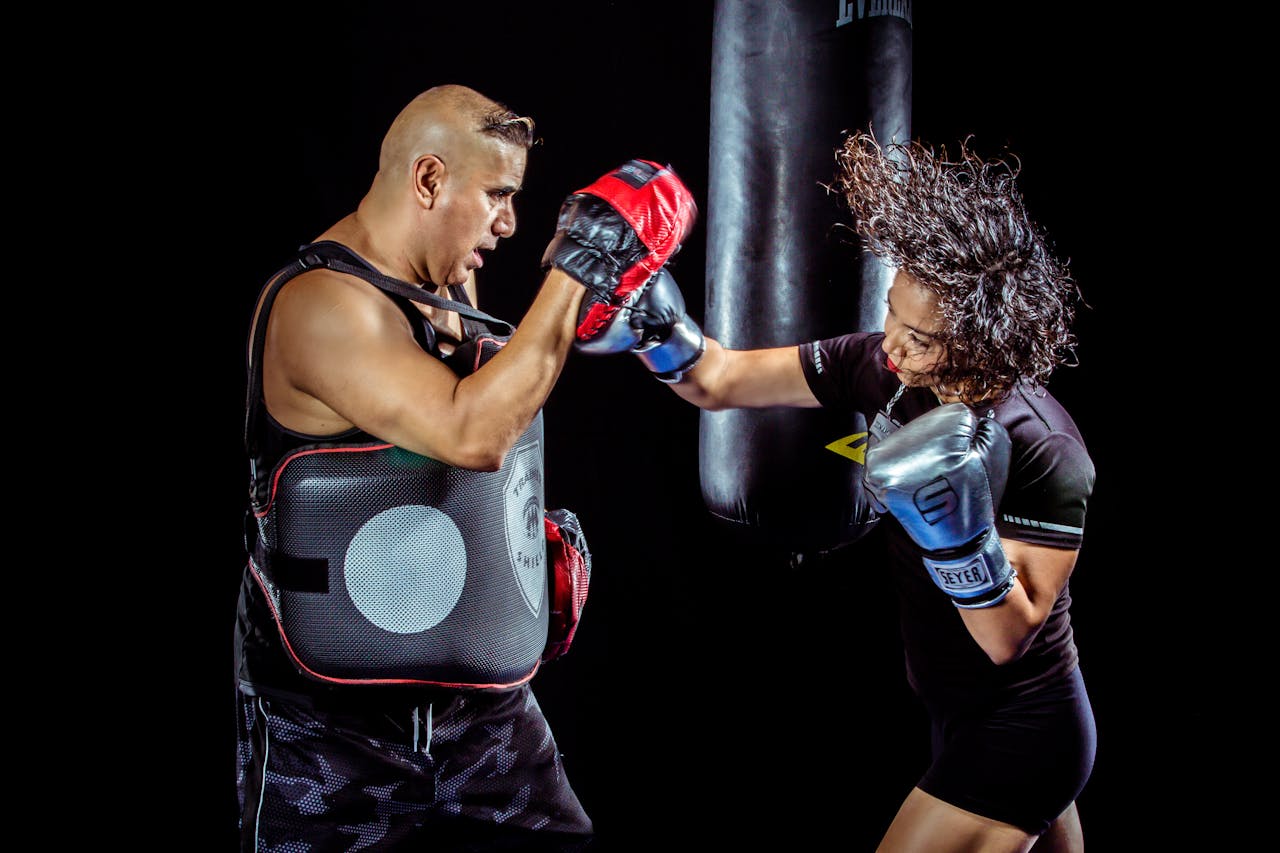Boxing is a popular sport in the UK, highlighted by adrenaline-pumping moments, high-stakes matches, and the occasional, albeit unfortunate, knockout. Boxers, like all athletes, are prone to a range of injuries, but the most concerning is arguably the concussion, a form of traumatic brain injury frequently associated with a knockout. The aftermath of a knockout can be quite serious, leading to symptoms such as dizziness, confusion, and even loss of consciousness. Recovery from such a significant event requires a professional, medically sound approach. In this article, we will delve into the most effective recovery methods for boxers after a knockout.
Understanding Concussions
To comprehend the importance of the recovery process, it is fundamental to understand what a concussion is. A concussion is a type of brain injury that occurs when the brain moves rapidly inside the skull, typically following a blow to the head. The effect is immediate and temporary alteration in brain function resulting in physical, cognitive, and emotional symptoms.
Avez-vous vu cela : How to integrate kinetic chain exercises for UK judo athletes' strength training?
Boxers are particularly at risk due to the nature of their sport. During a match, both amateur and professional boxers may receive several impacts to the head, increasing the risk of a concussion. Studies on PubMed and Google Scholar highlight the immediate and long-term risks associated with repeated head trauma in sports, emphasizing the need for proper medical attention and recovery protocols.
Immediate Post-Knockout Care
The moments after a knockout are critical. Immediate medical evaluation is necessary to assess the severity of the boxer’s condition. In most cases, the ringside doctor will carry out an initial evaluation. The medic will check for symptoms such as loss of consciousness, confusion, dizziness, and nausea. In cases of severe symptoms, the boxer may need to be transported to a hospital for further evaluation and treatment.
A découvrir également : How can UK martial artists protect their joints during high-impact training?
The recovery process begins immediately after diagnosis. Boxers are often advised to rest and refrain from training or participating in any sports activity. This rest period allows the brain to heal from the trauma it has endured.
Rehabilitation and Return to Training
After a period of rest and under medical supervision, boxers can gradually return to their training regimen. However, this must be a carefully monitored process. The return-to-play protocol often includes light physical activity, like walking or jogging, before progressing to sport-specific exercises.
This phase also includes regular medical assessments to ensure that the boxer is recovering as expected, and that no symptoms are re-emerging. It’s important to remember that every athlete’s recovery timeline will be different.
Psychological Support
Dealing with a knockout and concussion is not just a physical challenge, but also a psychological one. Boxers may experience feelings of frustration, anxiety, or depression after a knockout. These feelings might be related to the knockout itself, concerns about returning to the sport, or worries about potential long-term effects of the injury.
Psychological support is a crucial aspect of recovery. This can be provided by psychologists, counsellors, or other mental health professionals experienced in working with athletes. They can provide strategies for dealing with stress and anxiety, emphasize the importance of a positive mindset, and offer coping mechanisms for the emotional aspects of recovery.
Knowledge and Prevention: Key to Recovery
Education is an integral part of the recovery process. Boxers, their trainers, and their families should be well informed about the signs of concussions and the importance of appropriate rehabilitation. This knowledge will help them understand the recovery process and ensure that they take the right steps towards recovery.
Prevention is equally important. Boxers should adhere to the rules of the sport and use protective equipment to minimize the risk of injury. Regular health checks, including brain scans, should be done for professional boxers to monitor any potential damage.
Boxing is a gruelling and demanding sport, but with adequate precaution and appropriate recovery methods, it is possible to minimize the risks associated with it. After a knockout, the journey to recovery can be long and challenging, but with patience, medical guidance, and psychological support, UK boxers can return stronger and safer than before.
The Vital Role of Medical Professionals in Recovery and Prevention
Medical professionals play a fundamental role in the recovery of professional boxers, post-knockout. Their presence is not only critical in the immediate aftermath following a knockout, but also throughout the entire recovery period. From diagnosis through to monitoring and guidance during rehabilitation, the role of healthcare professionals is multidimensional.
In the immediate aftermath of a knockout, the ringside physician provides initial evaluation and care. The doctor checks for signs and symptoms of a concussion, such as dizziness, confusion, nausea, and loss of consciousness. Depending on the severity of the symptoms, the boxer may need to be immediately transported to a hospital for further treatment.
Medical professionals also guide the return-to-training process. This involves a gradual, staged approach, starting with light physical activity and progressing to sport-specific exercises, such as shadow boxing and light bag work. This process is underpinned by regular medical assessments to monitor the boxer’s condition and ensure that symptoms aren’t re-emerging.
Healthcare professionals also play a prominent role in prevention. Regular health checks for professional boxers, including brain scans, are recommended to monitor any ongoing damage. This links to the broader theme of long-term health which has been a concern in combat sports. Google Scholar and PubMed provide a plethora of studies pointing to the relationship between repeated head injuries and conditions like Alzheimer’s disease.
Conclusion: The Balance between Thrill and Caution in Boxing
Boxing, whether it’s amateur or professional, carries an inherent risk of injury, particularly traumatic brain injuries. As thrilling and adrenaline-filled as this sport can be, recognising and mitigating the dangers associated with it is paramount.
Recovery from a knockout isn’t just about getting back on your feet. It’s a complex process involving rest, rehabilitation, medical supervision, and psychological support. Every boxer’s journey will be different, but the goal remains the same: to return to the ring stronger, safer, and more resilient.
Recovery methods for UK boxers after a knockout have come a long way. However, these efforts need to be complemented by preventive measures. Strict adherence to sport-specific rules, use of protective equipment, and regular health checks — including brain scans — should be non-negotiable.
Google Scholar and PubMed continue to highlight the risks associated with repeated head trauma in sports and, more specifically, boxing. This should serve as a reminder for all involved in the sport to maintain a proactive approach to safety.
Furthermore, boxers, trainers, and family members should educate themselves about the signs and symptoms of a concussion and the importance of appropriate rehabilitation. Ultimately, the most effective recovery methods combine medical expertise, support networks, and a well-informed boxing community.
Boxing is a sport of passion, grit, and resilience, and with the right approach to recovery and prevention, boxers can continue to enjoy the thrill of the sport while ensuring their long-term health and wellbeing.

